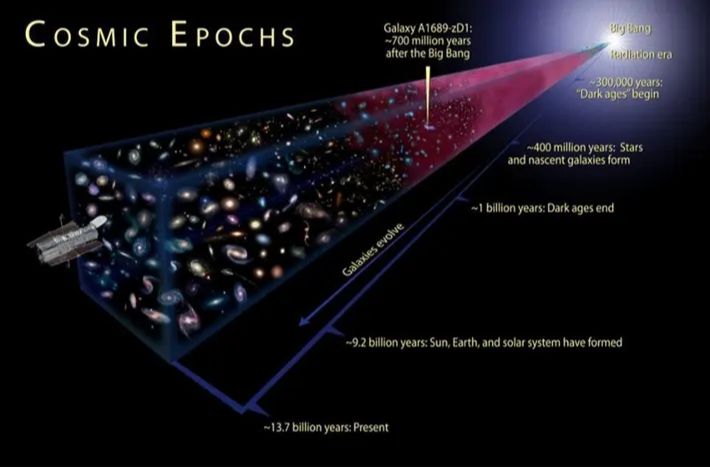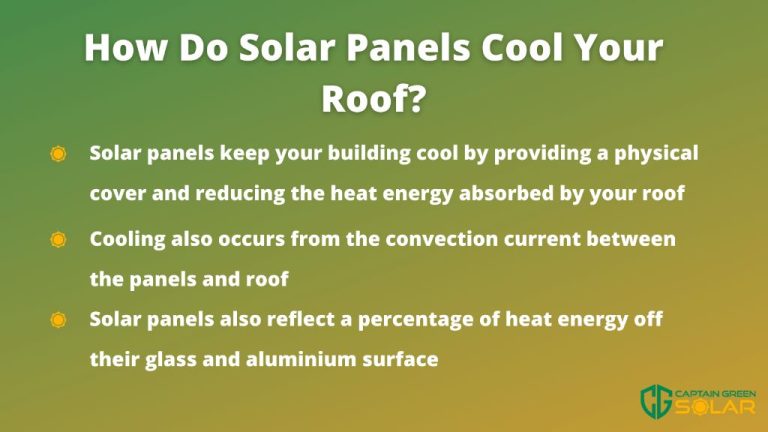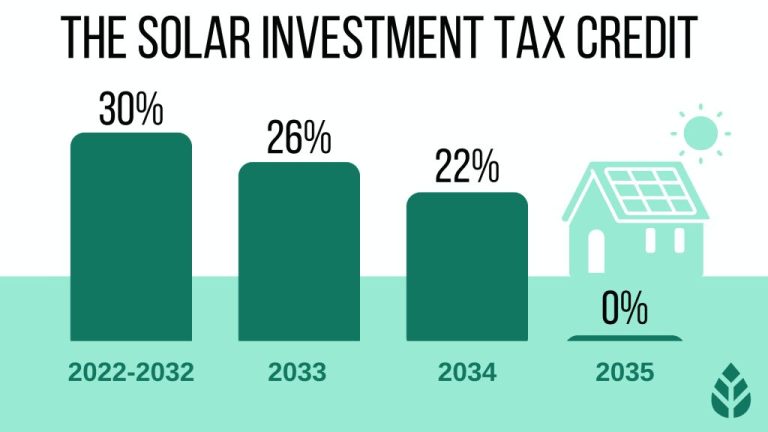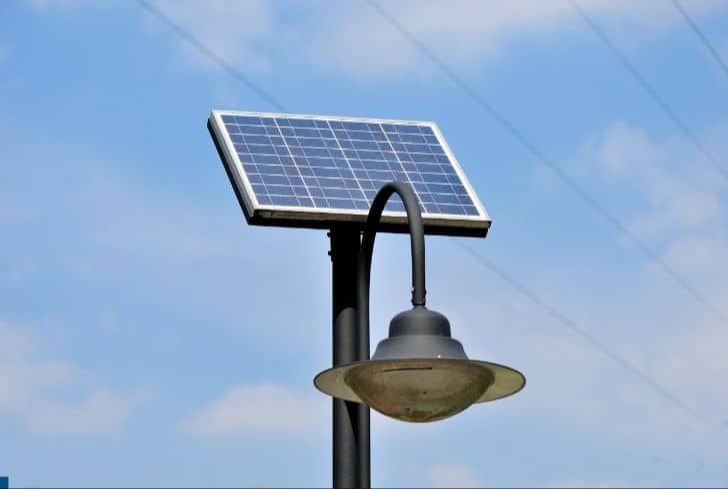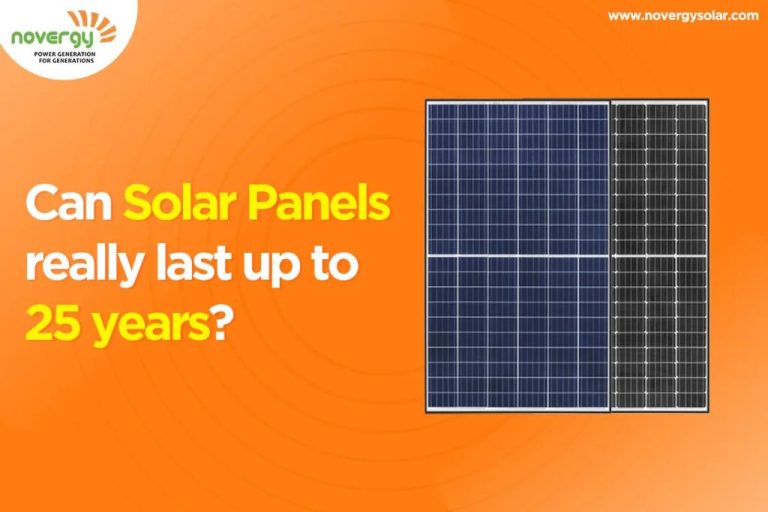Why Can’T Solar Energy Be Stored?
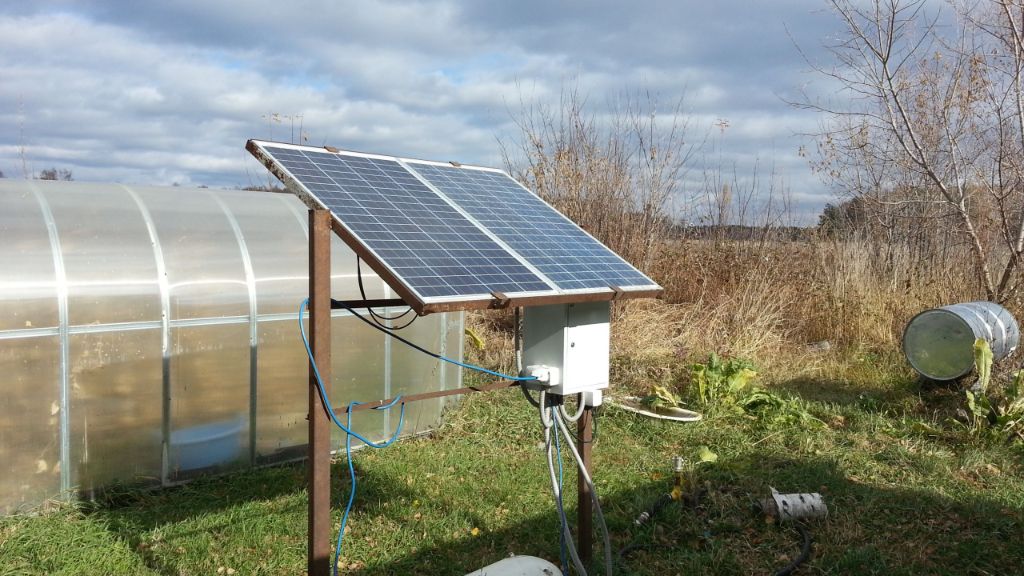
The sun provides an immense source of renewable energy that could potentially meet the world’s energy needs and provide a clean alternative to fossil fuels. Solar energy provides power without any carbon emissions or air pollution, making it among the greenest methods of electricity generation. While solar energy holds tremendous potential, one of its major drawbacks is that it is not available on demand and is intermittent based on the daynight cycle and environmental conditions like clouds and storms (Exploring the Science Behind Solar Energy Storage). Energy storage is essential for widespread adoption of solar energy because it can store excess electricity when the sun is shining and dispatch it later when the solar panels cannot produce enough power. Effective storage allows solar energy to be available 24/7 and makes solar power more flexible and reliable.
Intermittency of Solar
One of the biggest challenges with solar energy is its intermittent nature. Solar panels can only generate electricity when the sun is shining. This means sunshine is intermittent on daily and seasonal cycles (Hiconics-Global, 2022). Solar energy peaks at midday but drops off to zero during nights. Similarly, solar generation fluctuates significantly between sunny summers and cloudy winters in many regions.
This intermittency leads to inconsistency or uncertainty in the availability of solar power. Unlike traditional baseload power plants that run 24/7, solar energy is prone to large variances based on the time of day, weather patterns, and seasons. Periods of prolonged cloudy weather or storms can severely hamper solar output for days or weeks at a time. The intermittency also raises challenges of matching supply with demand, since peak energy usage often occurs in the evenings after solar has declined for the day.
To make solar a significant portion of the energy mix, the inherent intermittency of sunshine needs to be effectively managed. This is where energy storage and alternative solutions like smart grids come into play.
Batteries Too Expensive
Lithium-ion batteries remain one of the most prevalent battery technologies for energy storage, but their costs are still prohibitively high for widespread grid-scale applications. According to BloombergNEF, lithium-ion battery pack prices have fallen to around $139 per kWh in 2022. While this represents a significant cost decline over the past decade, it is still too expensive for most utilities and grid operators. The U.S. Department of Energy has set a goal of $100 per kWh for lithium-ion batteries.
For context, grid-scale lithium-ion installations generally cost $300-600 per kWh of storage capacity. At these prices, it is hard to make a compelling economic case for large battery installations over more traditional grid infrastructure investments. Capital costs for batteries remain the primary hurdle to overcome before solar can become a more viable contributor to grid-scale energy storage needs.
Geographic Constraints
One major challenge with relying on solar energy is that the best solar resources are often located far from major population centers that have high electricity demand. For example, solar farms may be situated in deserts or rural areas that receive abundant sunlight, while cities have huge energy needs. Transmitting power over long distances leads to substantial transmission losses, however.
According to an analysis from Climateer, the transmission grid will need to transmit much more electricity over longer distances as we transition to renewable energy sources like solar and wind. But moving electricity long distances causes significant line losses. The Department of Energy estimates typical transmission losses of about 7% for a 1500 mile 765 kV line. And for shorter distances, losses can be even higher – up to 50% for only 500 miles.
The physics of transmitting electricity makes it difficult to move large amounts of power across continents without major investments in new high-voltage direct current (HVDC) lines. Even with HVDC, the losses and costs may be prohibitive. So the geographic mismatch between the best solar resources and electricity demand centers presents a serious challenge for relying on solar power.
Short Lifespans
One of the key challenges with using batteries to store solar energy is that they degrade over time and need replacement. Most lithium-ion batteries used in grid storage have a lifespan of around 5-15 years [1]. After that time, they experience significant degradation in their storage capacity and ability to charge/discharge energy efficiently. This requires them to be replaced, adding to the lifetime costs of a solar plus storage system.
For utility-scale solar farms, replacing degraded batteries every 10-15 years can be prohibitively expensive. The cost of lithium-ion batteries constitutes around 30-40% of the total system costs already. Having to replace these repeatedly would make solar plus storage less economically viable.
Researchers are working on improving battery lifespans through better materials and charging/discharging management. But for now, the limited lifespan remains a key constraint on the widespread storage of solar energy in grid-scale batteries.
Alternatives to Lithium-ion
While lithium-ion batteries currently dominate the grid-scale energy storage market, researchers are exploring alternative chemistries that could offer benefits like longer duration storage. One promising option is flow batteries, which store energy directly in the electrolyte liquid. This allows the system’s storage capacity to be scaled by increasing the electrolyte volume rather than being limited by fixed hardware size like lithium-ion. Some flow battery chemistries, like vanadium redox flow batteries, can offer 6-12 hours of storage duration in a single charge cycle[1]. This allows them to more effectively store intermittent renewable energy over longer periods. However, flow batteries currently have much higher upfront capital costs than lithium-ion. Ongoing research aims to improve performance and lower costs through innovations in materials and manufacturing[2]. If economical long-duration grid storage can be achieved, it would be a gamechanger for increasing renewable energy penetration.
[1] https://www.iea.org/energy-system/electricity/grid-scale-storage
[2] https://www.utilitydive.com/news/energy-storage-long-duration-hydrogen-iron-air-zinc-gravity/698158/
Other Storage Methods
While batteries are the most common way to store solar energy, there are other methods that are gaining interest and investment. Three of the most promising alternative storage methods are pumped hydro, compressed air, and thermal storage.
Pumped hydro involves pumping water uphill into a reservoir when solar energy is abundant. Then when solar generation drops off, the water can be released downhill through a turbine to generate electricity (Source). This is one of the oldest and most established storage methods. While geographic constraints limit wider deployment, pumped hydro currently accounts for over 90% of utility-scale energy storage worldwide.
Compressed air energy storage works by using excess solar electricity to compress air, which is then stored in underground caverns or tanks. When power is needed, the pressurized air expands to drive a turbine and generate electricity. There are only a few large-scale compressed air storage facilities operating today, but the technology holds promise for growth (Source).
Thermal energy storage involves heating or cooling a storage medium like molten salt, water, or ice when solar resources are available. The stored heat or cold can then be used later to drive a generator. Thermal storage is often used to allow CSP solar plants to dispatch power overnight. With further technological improvements, thermal storage may become more widespread in solar applications.
Smart Grid Integration
One strategy for overcoming the intermittency of solar energy is integrating it with smart grid technology. Smart grids use two-way communication, automation, and intelligent controls to efficiently deliver electricity. This enables better integration of variable renewable sources like solar power.
Smart grids can adjust energy supply and demand in real-time using demand response. This involves using smart meters and controls to shift usage to times of high solar energy production. For example, smart appliances can be programmed to run when solar output is high. Demand response enables the grid to balance intermittent solar generation by modulating load.rather than relying solely on storage or fossil fuels.
Studies show that combining solar with smart grid technology can reduce renewable intermittency issues. Intelligent optimization and demand response makes the grid more flexible overall (Source 1). This improves resilience and reduces the need for expensive energy storage. Policymakers should therefore consider incentives and regulations to encourage smart grid adoption alongside solar energy expansion.
The Role of Policy
Government policies and initiatives play a critical role in supporting the adoption of energy storage. While battery costs have declined dramatically in recent years, storage systems still require substantial upfront investments that can deter widespread deployment. 1 To accelerate the transition to renewables and enable greater grid flexibility, subsidies and incentives are needed to make storage more affordable and attractive.
At the federal level, investment tax credits can offset 30% of the installed costs for residential and commercial storage systems. 2 States are also adopting policy levers like rebates, grants, and financing assistance to support storage. For instance, California aims to deploy 1.3 GW of behind-the-meter storage by 2024. 3 With the right policy environment, energy storage can enable greater renewable energy penetration and build grid resilience.
Conclusion
Solar energy has enormous potential, but its intermittent nature poses challenges for grid integration. While battery storage can help, current lithium-ion batteries remain too expensive for widespread adoption. There are promising developments in alternative battery chemistries and other storage methods like pumped hydro and compressed air, but these require specific geographic conditions. Widespread solar adoption will likely require a combination of strategies like demand response, smart inverters and grid upgrades.
In the future, continued declines in battery costs and innovations in storage technology and grid management will further enable solar. But ultimately, supporting policies are needed to incentivize storage deployment and create market conditions for high renewable penetration. With the right technologies, business models and regulations, a high solar grid is within reach.

